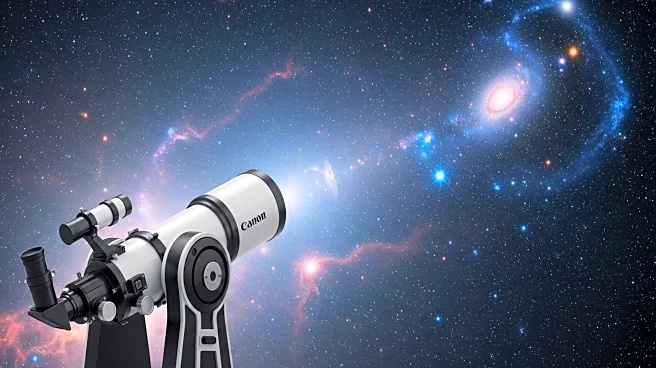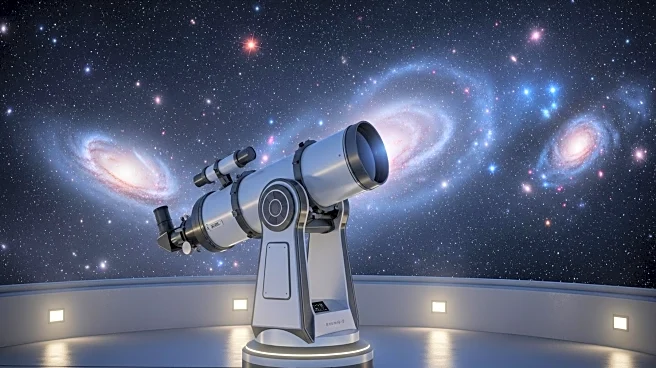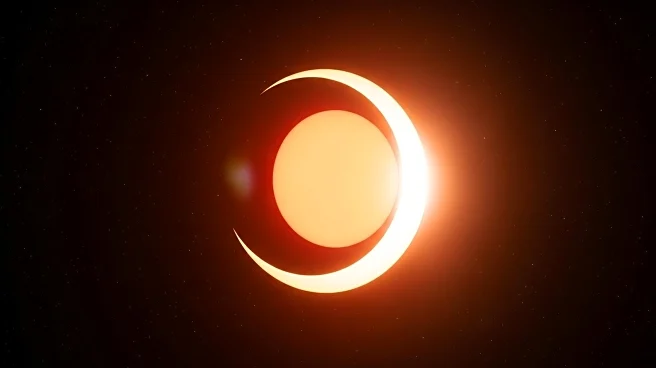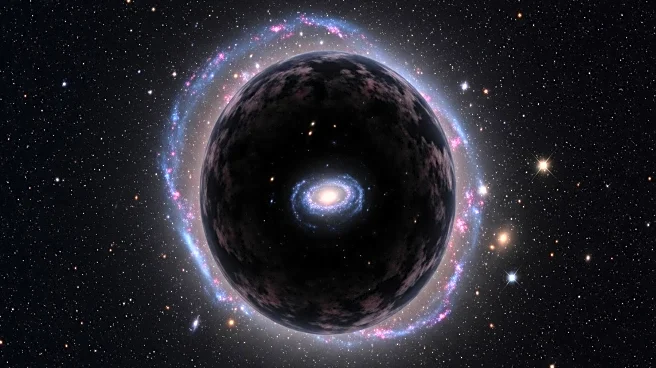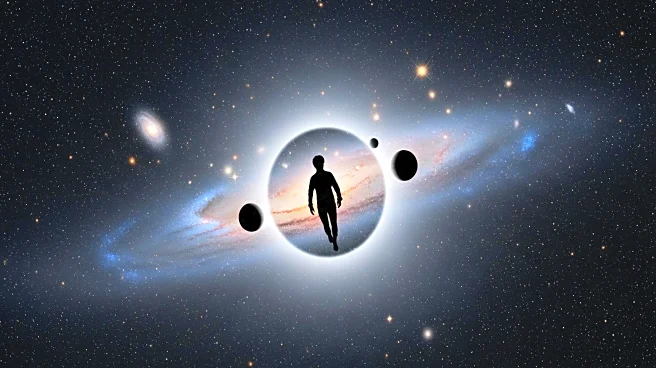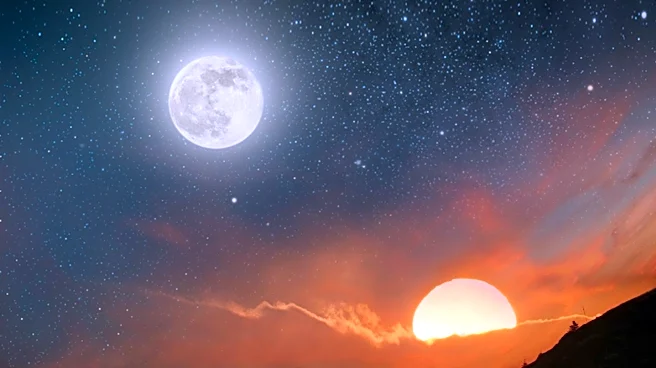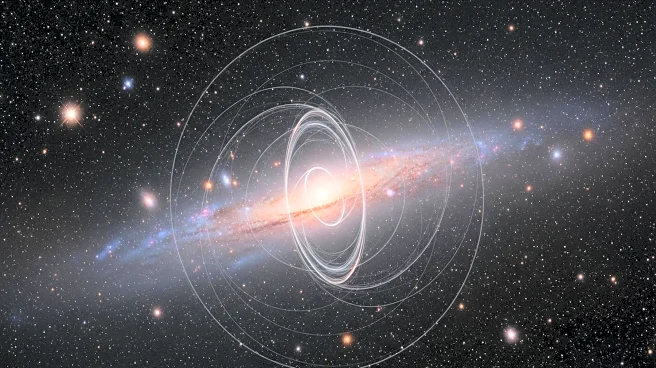What's Happening?
The Vera C. Rubin Observatory has released its first images captured by a 3,200-megapixel camera, showcasing unprecedented views of the universe. Located in the Chilean Andes, the observatory aims to conduct a comprehensive survey of the night skies over the next decade. The images reveal millions of galaxies and stars, along with over 2,000 previously unseen asteroids. Rubin's unique capabilities will enable discoveries related to dark matter, dark energy, and near-Earth asteroids.
Why It's Important?
Rubin Observatory's advanced imaging technology provides scientists with a treasure trove of data, potentially leading to groundbreaking discoveries in astronomy. By capturing detailed images of the cosmos, the observatory can enhance our understanding of dark matter and the universe's evolution. This project represents a significant leap in astronomical research, offering insights that could reshape our knowledge of the universe and its components.
What's Next?
Rubin Observatory will continue its commissioning phase until October before becoming fully operational. Once operational, it will observe the cosmos every night for the next 10 years, capturing deep exposure images of the visible sky. The observatory's data will be accessible to scientists worldwide, fostering collaboration and enabling new discoveries in astronomy.

